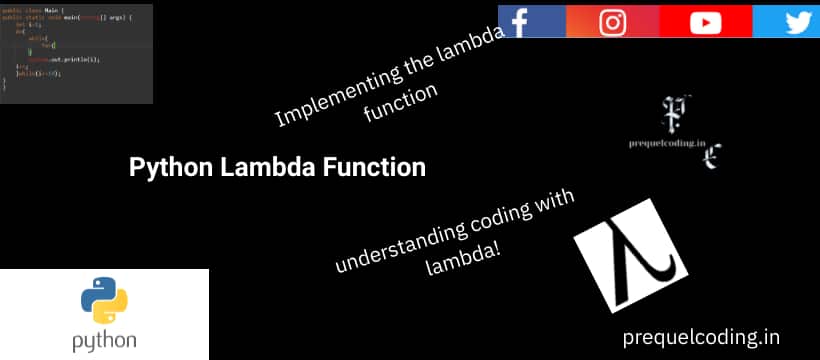Say we have a value which is unknown..
So in general scenario we declare an unknown expression to a known and find the number or value.
So the same takes place lambda is an unknown expression to which we are going to declare a known value and find the value of lambda..
Lambda function can take a set of arguments but to only one expression.

Now let us illustrate this concept with an example.
general syntax: lambda arguments: expression
code:
x = lambda a: a + 19 print(x(5))
What did I code here?
It is a code where I’m trying to pass an argument where it is going to add 5 to my passed argument..
Let us see the output:

Let us now take a some set of values and understand this concept much more deeply.
x = lambda a, b, c: a + b + c print(x(5, 7, 9))

Now let us try to declare a function inside another function and implement the coding.
General structure:
def mypy(x) #mypy- function
return lambda a : a*x
Code:
def mypy(x) return lambda a : a/n mynum = mypy(2) #declaring a divisor print(mypy(4) ##declaring the dividend
